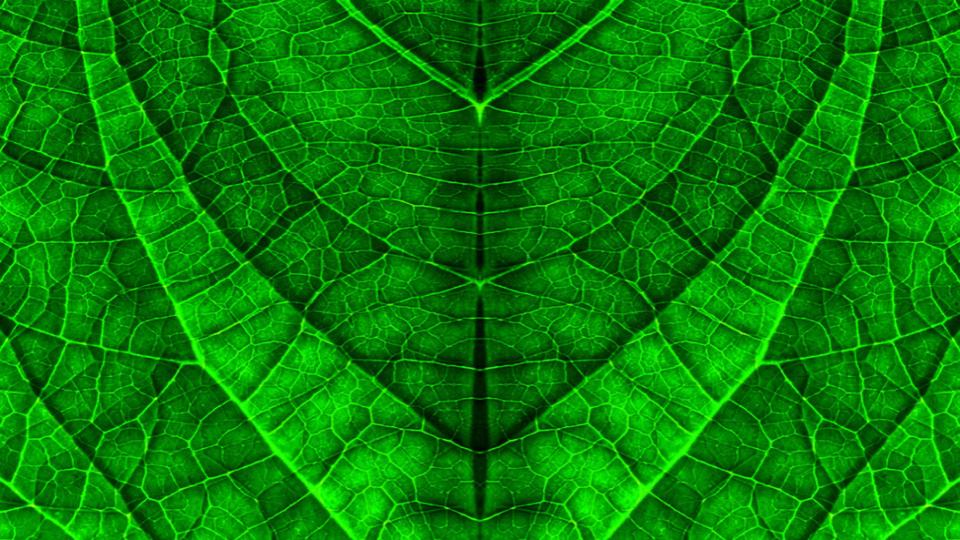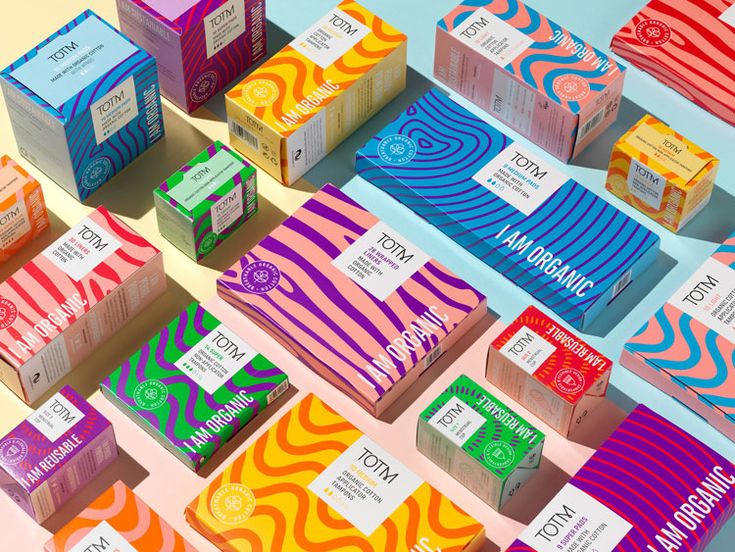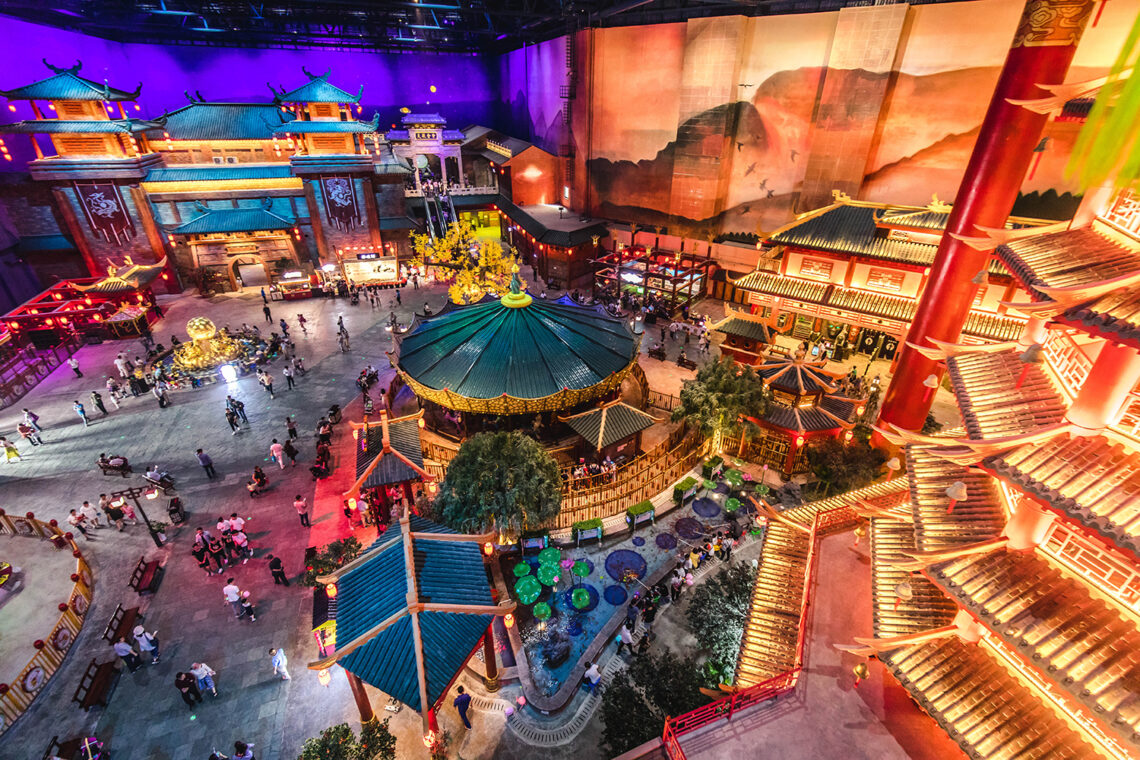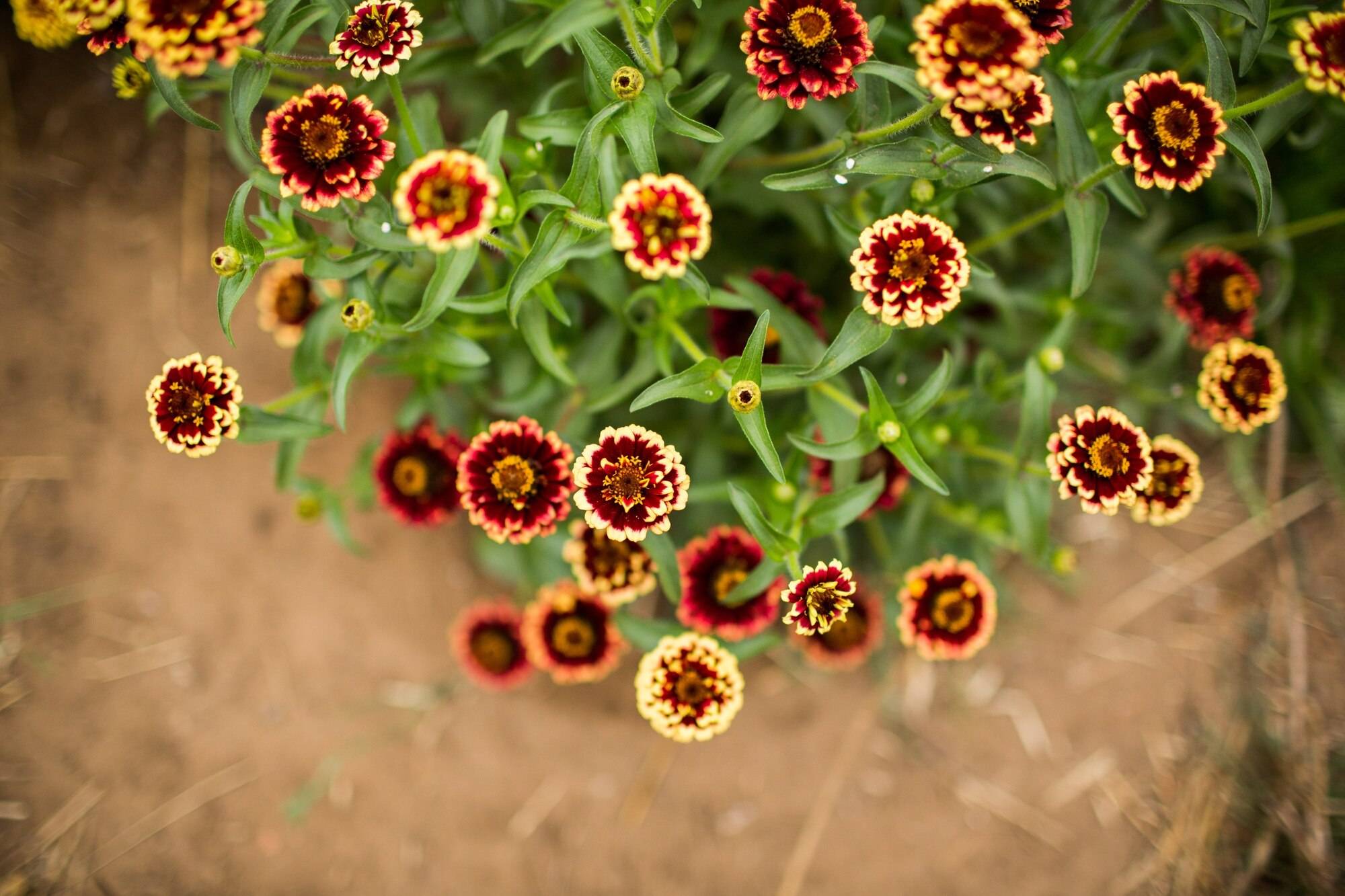How Nature Dictates Our Psyche and Why Imitating It Creates Great Products.
Nature has been a master designer for billions of years, effortlessly blending form and function into a perfect balance. One of the most mesmerizing design principles that governs the natural world is the Fibonacci sequence. Found in everything from pinecones to galaxies, this mathematical marvel subtly influences our psyche, emotions, and perception of beauty. But what makes it so powerful? And why should designers imitate nature to create truly exceptional products? Let’s dive in.
The Fibonacci Sequence: Nature’s Blueprint
The Fibonacci sequence is a series of numbers where each number is the sum of the two preceding ones:
0, 1, 1, 2, 3, 5, 8, 13, 21, 34, …
When visualized, these numbers create a spiral pattern, which appears in the structure of sunflowers, nautilus shells, hurricanes, and even the human body.
The ratio between consecutive Fibonacci numbers converges to approximately 1.618, known as the Golden Ratio (φ). This ratio is the hidden fingerprint of nature’s aesthetic balance and has been used for centuries in art, architecture, and design.
How Fibonacci Shapes Our Perception
The Fibonacci sequence isn’t just a mathematical curiosity; it plays a deep psychological role in how we perceive the world.
1. The Psychology of Beauty & Balance
Our brains are hardwired to recognize patterns and symmetry. The Golden Ratio is deeply embedded in what we perceive as beautiful—whether in faces, artworks, or even product design. This is why objects proportioned according to the Fibonacci sequence feel naturally pleasing to the eye.
2. Nature’s Way of Capturing Attention
Ever wondered why a sunflower or a seashell feels mesmerizing? It’s because the Fibonacci spiral mimics natural growth patterns. Our brains, evolved to recognize these patterns in the wild, instinctively find them attractive. This is why designs inspired by nature feel intuitive and effortless.
3. Efficient Space Utilization & Functionality
The Fibonacci pattern isn’t just about aesthetics—it’s about efficiency. Nature uses it to optimize energy use, maximize growth, and minimize waste. By applying the same principles in product design, we can create functional, efficient, and sustainable designs.
Fibonacci in Design: Learning from Nature
Many of the world’s most iconic designs, knowingly or unknowingly, follow Fibonacci’s principles. Here’s how designers across different industries use it:
1. Architecture & Urban Planning
- The Parthenon in Greece and Notre-Dame Cathedral both feature proportions close to the Golden Ratio.
- Modern architects use the Fibonacci sequence for aesthetic appeal and structural balance.
- Urban planners use it to design harmonious city layouts that naturally flow with human movement patterns.
2. Product & Industrial Design
- Apple’s logo and product designs often incorporate the Golden Ratio, making them feel naturally sleek and balanced.
- The Volkswagen Beetle’s curved proportions closely follow the Fibonacci spiral.
- Furniture designs, like Le Corbusier’s modular architecture, use the Golden Ratio for ergonomic perfection.
3. Technology & UI/UX Design
- Websites and app interfaces often use grid systems based on Fibonacci ratios for aesthetically pleasing layouts.
- The spacing of text, buttons, and visual elements in apps like Instagram and Twitter follow this rule, making interactions feel intuitive.
- Even social media profile pictures and feed structures are designed in Fibonacci-based layouts for maximum visual appeal.
4. Graphic Design & Branding
- The Pepsi logo follows Fibonacci-based circles for its iconic shape.
- Photography compositions, like the Rule of Thirds, derive from the Golden Ratio.
- Movie posters and advertisements often structure text and imagery in a Fibonacci sequence to create a visually compelling impact.
The Future: Biomimicry & Fibonacci-Based Innovations
As designers look for sustainable and efficient solutions, biomimicry (the practice of imitating nature) is gaining traction. Some futuristic applications include:
- Fibonacci-inspired robotics: AI-driven robots are being designed with natural movement patterns that mimic animal and human motion.
- Self-organizing materials: Engineers are developing materials that grow in Fibonacci-like structures for better durability and flexibility.
- Eco-friendly architecture: Buildings that optimize airflow and natural light using Fibonacci spirals for improved energy efficiency.
Final Thoughts: Designing in Harmony with Nature
The Fibonacci sequence is more than just a mathematical trick—it’s the language of nature, beauty, and functionality. By understanding how our psyche is drawn to these natural patterns, designers can create products, buildings, and experiences that resonate on a deeper, subconscious level.
Whether you’re designing the next smartphone, a futuristic car, or a groundbreaking user interface, nature has already written the blueprint. All we need to do is follow its lead.
So next time you sketch a design, ask yourself: What would nature do?



